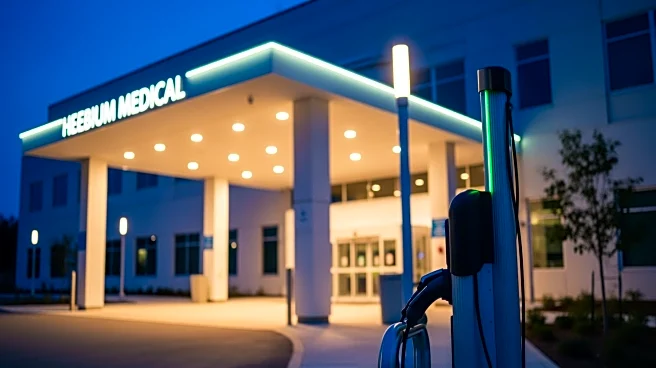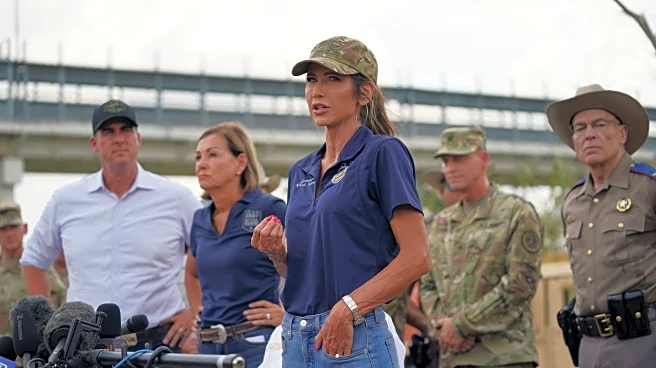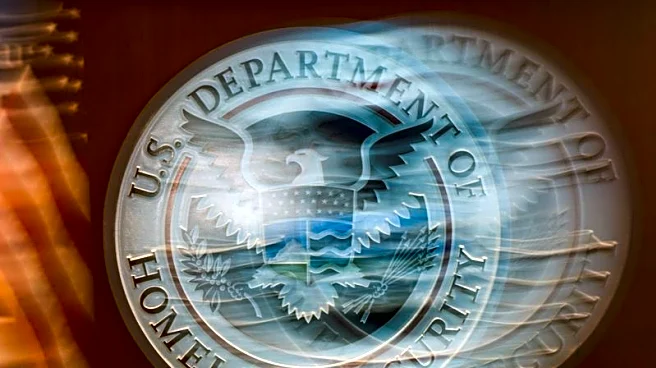What's Happening?
The Department of Veterans Affairs (VA) has redirected approximately $77 million initially allocated for electric vehicle (EV) charging stations at VA facilities to medical and health centers. This decision
was made by VA Secretary Doug Collins, who reallocated funds originally approved in the Biden administration's 2023 fiscal year budget. The budget had earmarked $163.49 million for minor construction projects, including the installation of zero-emission vehicle charging infrastructure. However, no EV charging stations were constructed, leading to the reallocation of funds. The redirected funds will be used for upgrades at three VA locations: $10 million for the Friendship House in Oklahoma City, $21.3 million for the MRI ward at the Providence VA Medical Center in Rhode Island, and $13.8 million for the radiation oncology unit at the G.V. (Sonny) Montgomery VAMC in Jackson, Mississippi.
Why It's Important?
This reallocation of funds highlights a shift in priorities within the VA, focusing on direct benefits to veterans rather than infrastructure for green energy initiatives. The decision reflects a broader debate on the allocation of government resources, particularly in the context of social justice and environmental programs. By redirecting funds to medical facilities, the VA aims to enhance healthcare services for veterans, potentially improving their quality of life. This move may also influence future budgetary decisions, emphasizing the importance of addressing immediate needs over long-term environmental goals. Stakeholders in the veteran community may view this as a positive development, prioritizing healthcare improvements over infrastructure projects.
What's Next?
The VA's decision to reallocate funds may prompt further discussions on the balance between environmental initiatives and direct service improvements for veterans. As the VA continues to assess its budgetary allocations, additional sites may receive funding for upgrades. The broader implications of this decision could influence future policy directions, particularly in how government agencies prioritize spending. Political leaders and advocacy groups may weigh in on the decision, potentially affecting future budget proposals and legislative actions related to veteran services and environmental policies.















